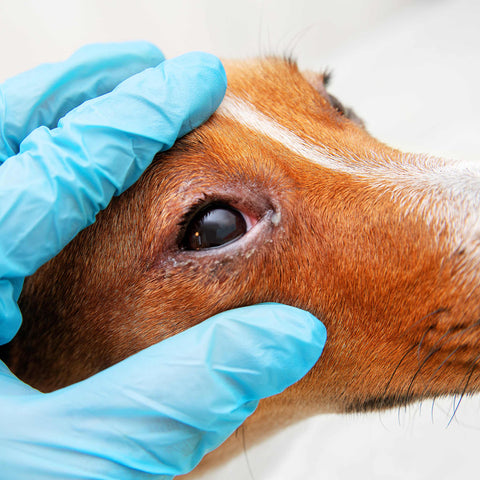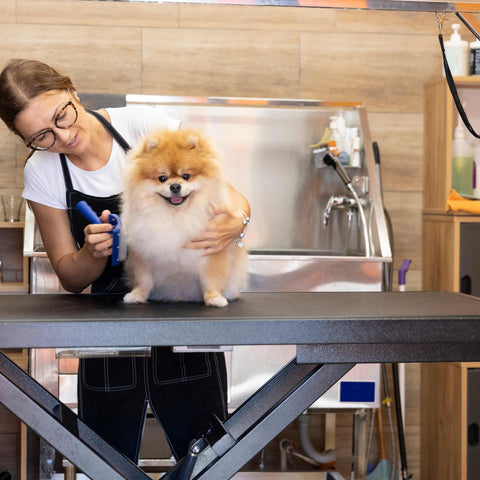Eye gunk can be more than just a cosmetic concern for pet care professionals. Let's delve into the world of eye gunk, its causes, management, and why we play a crucial role in keeping pets fresh and healthy.

Understanding Eye Gunk
Eye gunk, formally known as epiphora, refers to the discharge that accumulates around a pet's eyes. It can vary in color, consistency, and amount and is a common issue for pets of all breeds. Understanding the potential causes is the first step to addressing this concern.
Causes of Eye Gunk
- Tear Production Imbalance: An imbalance in tear production can lead to excessive eye discharge. It could be due to blocked tear ducts, allergies, or infections.
- Foreign Particles: Dust, pollen, or hair can irritate a pet's eyes, leading to increased tear production.
- Conformational Issues: Some breeds are more prone to eye gunk due to their facial structure, which may cause the eyes to be more exposed.
- Infections: Bacterial or viral infections can lead to eye discharge, which may require medical attention.
Also Read - Professional Groomer Challenges
Role of Pet Groomers
As professional pet groomers, our role in managing eye gunk goes beyond aesthetics. We can make a significant difference by:

- Observing and Reporting: During grooming sessions, keep an eye out for excessive eye gunk and any signs of irritation. Report these findings to pet owners, as they may be unaware of the issue.
- Grooming for Eye Health: Gentle cleaning of the eye area can help remove excess discharge and prevent matting. Ensure that you use pet-safe products and techniques.
- Educating Pet Owners: Share information about the importance of regular eye care with pet owners. They can help monitor their pets and seek veterinary care if needed.
Tips for Managing Eye Gunk
- Use a clean, damp cloth to gently wipe away eye gunk. Avoid using harsh chemicals near the eyes.
- Pay attention to a pet's diet and allergies, as these can contribute to eye issues.
- Discuss tear stain removers or supplements with pet owners, if necessary.
- Encourage pet owners to seek veterinary advice for persistent or severe cases.
When to Refer to a Veterinarian?
As pet groomers, we are not diagnosticians, but we can recognize signs that require veterinary attention. Refer pets to a veterinarian if you notice:
- Severe or chronic eye gunk.
- Signs of pain, discomfort, or redness around the eyes.
- Change in behavior, such as increased rubbing of the eyes.
Also Read - Do Dog Groomers Need to Be Licensed?
Conclusion
Our role as pet groomers goes beyond aesthetics; it involves promoting the overall health and well-being of our furry clients. By understanding and addressing eye gunk, we not only help pets look their best but also contribute to their comfort and health. Through observation, gentle grooming, and educating pet owners, we can play a vital role in keeping pets fresh and healthy while building trust with our clients.

